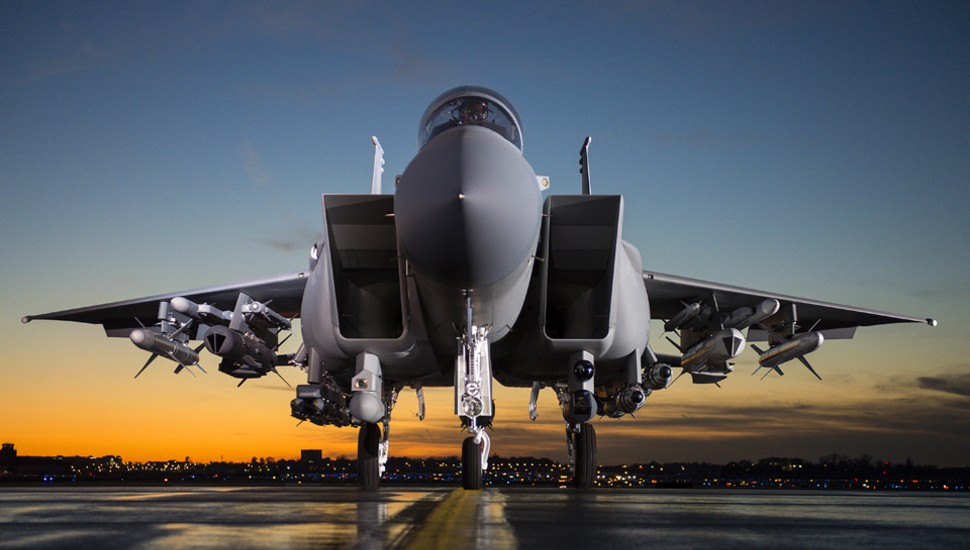SOURCE: AFI

The Indian Air Force (IAF) is reportedly leaning away from acquiring heavy category fighter jets, similar to its existing Su-30MKI, for its upcoming Multi-Role Fighter Aircraft (MRFA) tender. This preference could significantly impact Boeing’s bid for the F-15EX, a heavy fighter, in this competition.
The IAF’s reluctance towards heavy fighters stems from several operational and economic considerations.
These aircraft consume more fuel, require larger maintenance crews, and have higher spare parts costs. Given the IAF’s operational budget constraints, this is a critical factor. Heavy fighters demand specialized infrastructure, including longer runways and reinforced hangars. India’s airbase network may not be optimally suited for a large fleet of such aircraft.
The IAF is increasingly emphasizing a mix of fighter types, including lighter, more agile aircraft for specific roles. A fleet dominated by heavy fighters might not provide the desired flexibility.
The larger size and more complex systems of heavy fighters translate to higher maintenance and operating costs throughout their lifecycle. Managing the supply chain for a large fleet of heavy fighters can be complex and expensive, especially considering the potential for long-distance transportation.
The F-15EX, a derivative of the venerable F-15 Eagle, is a heavy fighter. While it offers impressive capabilities, its classification as a heavy aircraft could hinder its chances in the MRFA competition. The IAF’s preference for a different fighter profile, possibly a medium-weight or even lighter option, would place the F-15EX at a significant disadvantage.
Other contenders in the MRFA race, such as the Dassault Rafale and Saab Gripen, are in different weight categories and may align more closely with the IAF’s evolving requirements.